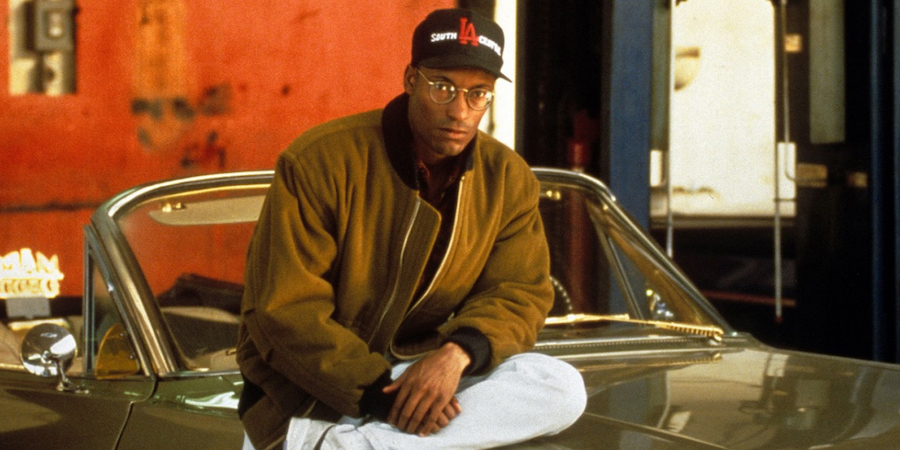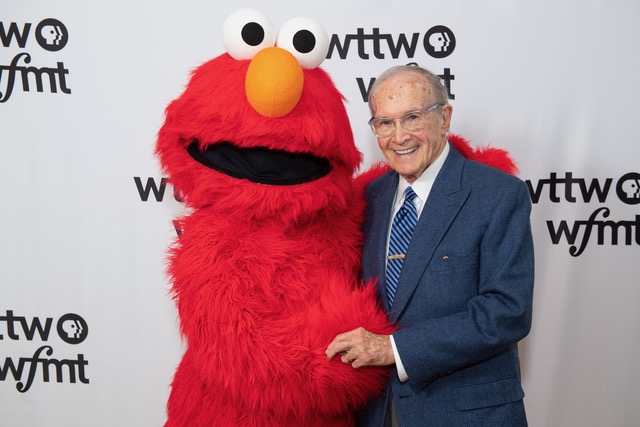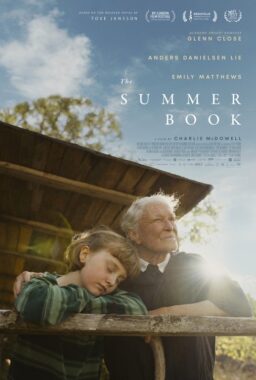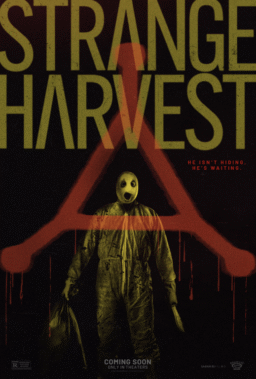On the sad occasion of John Singleton’s passing, we wanted to take a look back at the legendary American filmmaker’s work, guided by Roger’s reviews and interviews. Below is a chronological collection of the pieces Roger wrote about Singleton’s work, starting with the film that introduced Singleton’s talents to the world: “Boyz N the Hood.”
Roger loved “Boyz N the Hood” from the first time he saw it at the Cannes Film Festival in 1991, a few months before it was released in America. It became a text that Roger would often refer back to when reviewing the latest additions to Singleton’s filmography. Roger even spoke to Frank Price, President of Columbia Pictures who gave Singleton the green light to make the movie, and received this anecdote: “When John came in and started to talk about his films,” Price said, “I was reminded of another kid who walked into my office once—Steven Spielberg.”

On July 12, 1991, Roger gave four stars to “Boyz n the Hood,” calling it “one of the best American films in recent years.” He went on to say that the movie is “a thoughtful, realistic look at a young man’s coming of age, and also a human drama of rare power – Academy Award material.” He closed his review by saying, “By the end of ‘Boyz N the Hood,’ I realized I had seen not simply a brilliant directorial debut, but an American film of enormous importance.” The film did earn Singleton two nominations—for Best Original Screenplay, and Best Director, making him the youngest and first African-American in movie history to be nominated for such an award.
Three days later, Roger wrote a column standing up for “Boyz N the Hood” after it had been accused of inciting violence, after a few incidents that the media traced back to the movie’s opening. In “Don’t Blame ‘Boyz’ for Off-Screen Violence,” Roger decried how the film was promoted, saying that the advertising “makes it look like exactly what it is not—a movie about violent young black men, guns and gangs.” Roger then added, while also mentioning a similar controversy with the release of another “black-theme” movie, “New Jack City,” that “there is urban violence every hour of the day, every day of the year, but when it takes place adjacent to a movie like ‘Boyz,’ the movie is immediately blamed for it. It isn’t the problem, it’s part of the solution.”
On July 23, 1993, Roger gave three stars to Singleton’s follow-up film “Poetic Justice,” starring Janet Jackson and Tupac Shakur. Comparing it to “Boyz N the Hood,” Roger said that “Poetic Justice” is “not its equal, but it does not aspire to be; it is a softer, gentler film, more of a romance than a commentary on social conditions.”
Roger sat down with Singleton to talk about “Poetic Justice,” in an interview titled “John Singleton Recites the Poetry of Cinema” that was published on July 18, 1993. Roger spoke about how Singleton was “one of those rare directors who would just as soon talk about other people’s movies as about his own,” and said that when they “sat for a few hours over lunch, it was like a meeting with the chairman of the campus film society.”
In their extensive talk, Singleton talked about the importance and impact of cinema, saying: “In some ways, I think ‘Boyz N the Hood’ helped get Bush out of office. Film is a powerful medium; it has a power to shape and change minds. It has a power to make people think in a way in which they wouldn’t have thought otherwise, and you have to be responsible when you’re dealing with it. Sometimes the media can be more powerful than a gun.”
On January 11, 1995, Roger gave three stars to Singleton’s third film, “Higher Learning,” about a racially divided college campus. While tracing the movie to Singleton’s previous projects, contemplating whether the director was following “the threads of his own autobiography” with his filmography, he took a moment to praise Singleton specifically: “He sees with a clear eye and a strong will, and is not persuaded by fashionable ideologies. His movies are thought-provoking because he uses familiar kinds of characters and then asks hard questions about them.”

Before the publication of that review, Roger spoke to Singleton about “Higher Learning,” interviewing him after a film screening and for a piece published on January 8, 1995. The two got into the nitty-gritty of telling such a story, including Singleton’s choices with certain characters, and how it compared to Singleton’s previous movies. The interview ends on a touching note, where the two agree that the best movie they’d seen the year before was “Hoop Dreams.” Singleton says, “Real life is more fascinating than the movies can ever be. I think maybe that’s why older people don’t go to the movies: because they’ve experienced so much of real life.”
Two years later, Singleton made “Rosewood,” a powerful epic about race riots by white citizens against black residents in a Florida town in 1922. Roger awarded three and a half stars to the film in a review published on February 21, 1997, writing that: “‘Rosewood’ represents an important step in [Singleton’s] growth; it’s a period picture painted on a large canvas, and he handles his big cast effortlessly, establishing a good sense of community life.”
On June 19, 2000, Roger gave two and a half stars to “Shaft,” Singleton’s remake of the popular blaxploitation film. He wrote bluntly: “Is this a good movie? Not exactly; too much of it is on automatic pilot, as it must be, to satisfy the fans of the original ’Shaft.’ Is it better than I expected? Yes. There are flashes here of the talent that Singleton has possessed ever since ‘Boyz N the Hood’ and strong acting and efficient action.”
A little over a year later, on June 27, 2001, Roger gave three and a half stars to “Baby Boy,” a film written and directed by Singleton that brought Roger back to memories of “Boyz N the Hood.” Roger wrote that “Ten years ago, in ‘Boyz N the Hood,’ [Singleton] told a brilliant story about young men, in a movie made by a young man. Now he returns to the same neighborhood, South Central in Los Angeles. His characters are a little older, and he is older, too, and less forgiving.” In the review, he continued to share his awe for Singleton as a go-getter from a young age, saying that “when [Singleton] burst on the scene with ‘Boyz N the Hood,’ he brought the freshness of direct everyday experience to movies about black Americans.”

On June 6, 2003, Roger gave three stars to Singleton’s “2 Fast 2 Furious,” the highest rating he awarded to any movie in that franchise. After parsing some of the plot details in the “shamelessly preposterous” story, Roger shares a caveat: “Does it sound like I’m complaining? I’m not complaining. I’m grinning.” He added that, “It doesn’t have a brain in its head, but it’s made with skill and style and, boy, is it fast and furious.”
The last film of Singleton’s that Roger reviewed was “Four Brothers,” which the critic called “an urban Western, or maybe it’s an urban movie inspired by a Western.” In his three-star review of the film, published on August 11, 2005, Roger said that it is a “return to inner-city subjects after some fairly wide excursions (‘Shaft,’ ‘2 Fast 2 Furious’).” He wrote about Singleton’s overall goal with the movie: “’Four Brothers’ wants basically to be an entertainment, although it deliberately makes the point that in an increasingly diverse society, people of different races may belong to the same family.”












